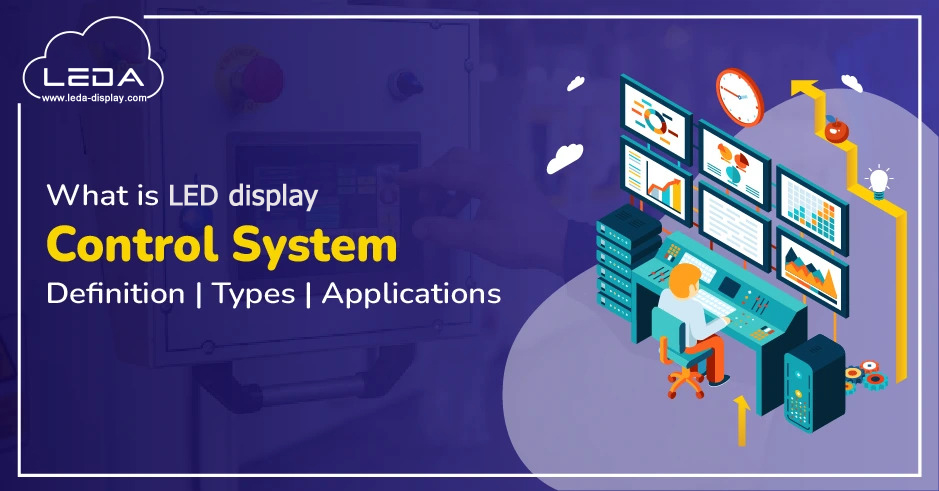Synchronous or Asynchronous Control Systems for LED Wall ?
When selecting an LED control system for your project, understanding the differences between synchronous and asynchronous systems is important, as each is better suited to different types of applications.

1. What is Synchronous Control System?
A synchronous control system links the LED display directly to a computer, ensuring real-time synchronization between the content on the screen and the computer display. This system is ideal for large-scale applications such as outdoor billboards, stage backgrounds, and sports venues, where high-resolution video or dynamic content needs to be displayed instantly. Synchronous systems typically use interfaces such as HDMI, DVI, or VGA to transmit video signals from the computer to the LED screen in real time.
1-1. Key Benefits of Synchronous Systems
Real-Time Updates: Perfect for live content, such as videos and streaming events.
High Resolution: Supports full-HD and 4K resolution for crystal-clear images.
Seamless Integration: Ensures smooth, uninterrupted visual transitions and animations.
2. What is Asynchronous Control System?
An asynchronous control system allows the LED display to operate independently of a computer. Content is created on a computer and then transferred to the display using external devices such as USB drives, SD cards, Wi-Fi, or 4G connections. Once the content is uploaded, the control card takes over and displays the content on the LED screen. Asynchronous systems are commonly used for information displays such as traffic boards, bulletin boards, and small advertising screens, where content doesn’t need frequent updates and usually consists of text, images, or simple video.

2-1. Key Benefits of Asynchronous Systems
Ease of Use: No need for continuous computer connection or real-time data input.
Low Maintenance: Great for displays that don’t require constant content changes.
Flexible and Cost-Effective: Ideal for small to medium-scale applications, saving on hardware and operational costs.
3. How to Choose the Right System?
For High-Demand Applications: If your display needs to show real-time content like live broadcasts, advertisements, or event visuals, a synchronous control system is the best choice. It ensures smooth transitions and high-quality images.
For Static or Less-Frequent Updates: For projects such as digital billboards, menu boards, or traffic signs, an asynchronous control system is more practical and cost-efficient. It works well for static images and simple video clips that don’t require constant updates.
4. Common control systems for LED displays
LEDA DISPLAY collaborates with leading control system providers to offer comprehensive LED display solutions
For synchronous control systems, partners like NOVASTAR, LINSN, and COLORLIGHT ensure real-time content synchronization and high-performance visuals.
In the asynchronous system category, NOVASTAR, Xixun, and LUMEN provide efficient, independent content management for applications requiring less frequent updates.
Together with these trusted partners, LEDA DISPLAY delivers reliable, customized support for a wide range of display projects, ensuring high-quality results tailored to client needs.
5. Conclusion
Understanding the differences between synchronous and asynchronous control systems is crucial for selecting the right solution for your LED display needs. Whether you are looking for high-definition real-time video or a simple content management system, LEDA DISPLAY offers a range of high-quality LED solutions to meet your specific requirements.
Latest Articles
- LEDA LED Displays Gained Recognition from Senior Brazilian Engineers, Successfully Applied in Local Highway Projects
- LEDA VMS Display: Illuminating the Future of Traffic Management
- P10 Traffic LED Display
- LEDA P10 P16 P20 Outdoor Traffic Display Board Rear Service
- Unveiling the Ideal Highway LED Display Supplier: Your Comprehensive Guide




